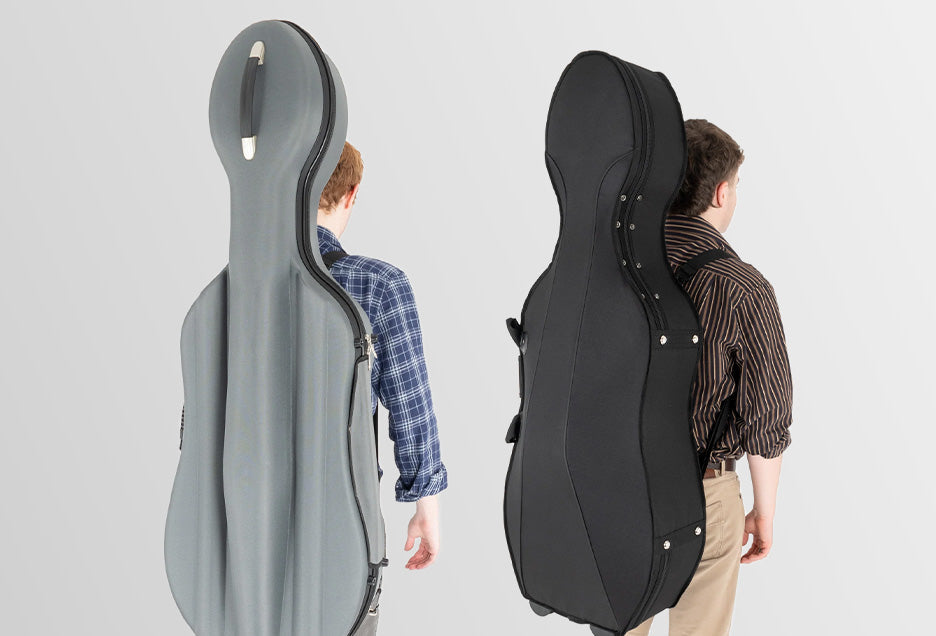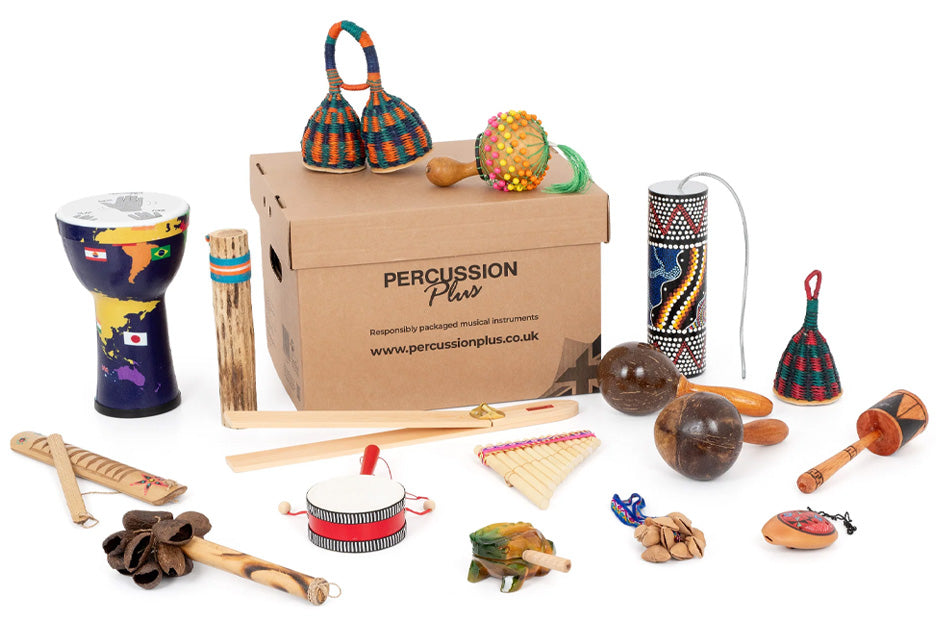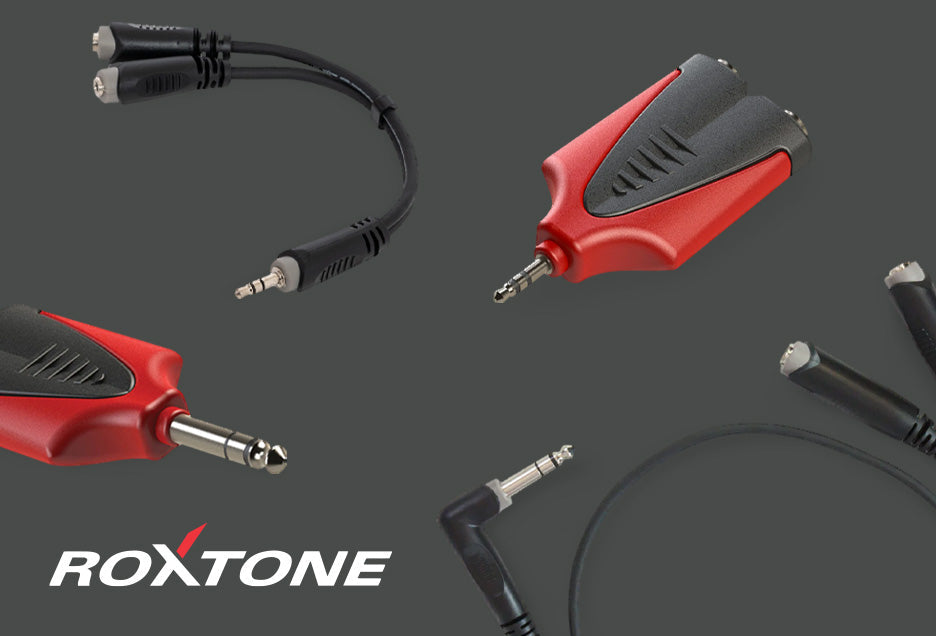Cosmo by Filisia is an award-winning, evidence-based interactive therapy and learning system designed to enhance learning and therapy experiences for early years learners and individuals with special educational and therapy needs (SEND). Available in sets of 'cosmoids' (individual buttons), Cosmo can be combined with an activity-filled iPad app and has many different educational applications:
- Use Cosmo as a MIDI controller and play music in GarageBand, ThumbJam and other music-making apps.
- Compose your own musical pieces with Improvisation. Assign music notes to the cosmoids and tap each controller to play a different note.
- Record your own loops with Sampler providing a DJ-like experience.
- Become an orchestra conductor with My Orchestra. Select a music genre and press cosmoids to play instrumental loops.
- Play your favourite music with Toggle and Exploration and enhance accessibility for students with limited mobility.
- Create personalised YouTube playlists with CosmoTube, an accessible media player.
- Record your voice with entertaining sound effects using My Voice.
Used by over 3500 organisations and more than 30,000 learners worldwide, Cosmo helps them access the curriculum and fulfil their individual learning goals. It has become popular for learners with a range of conditions, including:
- Autism Spectrum Disorder
- Mild to Profound Learning Disabilities
- Cerebral Palsy
- Brain injury
- Developmental delay
- Down Syndrome
- Stroke
- Dementia
Case studies
The Cosmo technology has been developed meticulously for both musical and non-musical purposes using a rigorous evidence-based approach, as demonstrated in the case studies below.
1. University of Birmingham study - autistic communication improvements
Working with accessible learning experts Dr. Lila Kossyvaki and Dr. Sara Curran, Filisia conducted a research study with Cosmo and measured its impact on the engagement, emotional expression, and social communication of children with Autism Spectrum Disorder.
Methodology:
- 5-week study, examined the interaction of five children with Cosmo
- Participants were five students of Hamilton School in Birmingham and are diagnosed with severe learning difficulties (P levels 1-3), supported by five staff members
- 8x 10-minute sessions with each student covering various different Cosmo activities
Findings:
- Engagement either increased or remained high for four out of five children
- Expression of positive emotions increased for most children
- Social communication, especially requesting and rejecting, as well as commenting, was higher than typically expected for this cohort.
Read more about the University of Birmingham study here.
2. Corbets Tey School study - a developing an orchestra
Corbets Tey is a forward-looking SEND school in East London that has been using Cosmo to engage students in group music-making activities. Classroom teacher Jodie Hill was interested in improving her students’ listening, collaboration skills, and self-confidence by integrating Cosmo into regular lessons.
To achieve this, she used the ‘Be a Conductor’ lesson plan (a bespoke offering designed to work with Cosmo) to create a group activity for her 13–15-year-old Moderate Learning Difficulties (MLD) class.
Methodology:
- Each student in the class was given their own ‘cosmoid’
- Took turns triggering their instrument sounds while the rest of the class listened
- Then had to play on cue from teacher/conductor
- This was developed into a more organised format as a conducted ‘orchestra’
- Then all of the students had a chance to conduct the rest of the class
After that part of the lesson was over, Jodie took away the conducting baton and asked the students to compose their own piece using the Cosmo technology.
"The only rule was to try not to start your sound simultaneously with everyone else, which encouraged a lot of non-verbal communication and eye contact."
Findings:
- Initially challenging to get students to wait and listen to others’ sounds
- As the lesson went on, the whole class was really engaged, and they clearly enjoyed playing their cosmoids.
- The lesson plan aspect worked well and provided useful structure
- Best bit was getting the students to compose their own piece together, demonstrating Cosmo’s suitability for Whole Class Ensemble Teaching (WCET)
Read more about the Corbets Tey School study here.
3. Manor Green School study - taking turns
Manor Green School is a SEN school in Maidenhead for students aged 2-19 with a variety of support needs. This is a non-musical case study focusing on allowing students to get more involved in, and have more control of, their lessons.
Methodology:
- During a ‘story-time’ part of lessons, students were given cosmoids
- Encouraged to press the cosmoid when it was their turn
- Also used cause-and-effect features
Findings:
- The students were engaged and focused on the lesson
- They were also more excited to work with their friends instead of on their own
- For regulation, the activities were able to help students calm their minds and bodies so they were ready to join in lessons
According to Manor Green School:
“[Student] on her first lesson with COSMO was amazing. Her concentration levels were on a different level. Normally she is easily distracted and will talk a lot about other things. When we used COSMO [student] was listening, waiting for her turn and was focused throughout. I changed the activity a few times through the session. She is able to repeat the colours after an adult and will request fireworks when asked to choose an activity.”
Read more about the Manor Green School study here.
4. Kids’ Therapy Works Study - supporting cerebral palsy
Kids’ Therapy Works is a team of highly experienced Physiotherapists and Occupational Therapists, dedicated to providing the best quality personalised therapy services for children of all ages and abilities. This case study focuses on using Cosmo during Physiotherapy (PT) and Occupational Therapy (OT) sessions to support a 4-year-old patient with Cerebral Palsy.
Methodology:
PT Sessions
- Turning Around: Cosmoids were arranged in a line, set to “shuffle,” spaced approximately 50cm apart. The child was encouraged to walk to each Cosmoid, turn, and squat to reach and press it, scoring points before the timer expired
- Stepping Up: A yoga step was placed in front of the spider therapy cage. Cosmoids were magnetically attached to the cage, and the child stepped up to activate the Cosmoid, following story-telling prompts
OT Sessions
- Concentration and Focus: The child, seated in a minimally supportive specialist chair at an adjustable desk, participated in a warm-up ‘whack-a-mole’ game using three cosmoids
- Stepping Up: Activities involved stepping up onto the yoga step to engage with Cosmoids, which were positioned at different heights to encourage upper limb engagement
Findings:
PT Sessions
- Improved coordination and balance, with the child increasing her score from 7 to 10 points during turning activities
- Greater independence and reduced need for support during stepping activities
OT Sessions
- Increased focus, reduced task avoidance, and improved engagement with therapy tasks
- Positive impact on bimanual coordination and self-confidence
Cosmo proved to be an invaluable tool for making therapy sessions fun, engaging, and goal-oriented across the multidisciplinary team.
Read more about the Kids' Therapy Works study here.
Testimonials
Since branching into music education in the last couple of years, Cosmo has received some fantastic testimonials for significant voices in the industry:
Lancashire Music Service: expanding accessible music education
Currently supporting 31 SEND schools, Lancashire Music Service integrates Cosmo into their accessible instrument initiative.
"Really effective for music-making in special education settings. Supports both musical and non-musical development. The visual aspects are really compelling and very easy to set up." - Ben, Music Educator
Leicestershire Music Service: Open orchestra project
Leicestershire Music Service uses Cosmo to help students develop an understanding of cause-and-effect relationships while building their confidence in musical direction and turn-taking. Its user-friendly interface and immediate engagement have made it appealing to non-specialist teachers without formal music training.
"I love the Improvisation activity—assigning specific notes and colours that match. This has been especially useful for a visually impaired student due to the brightness and size of the devices." - Anna, SEND Music Leader
Corbets Tey School: Engaging group music-making
Corbets Tey School, a specialist SEN school in East London, utilises Cosmo in structured music sessions to facilitate engaging group music-making lessons to enhance students' listening and collaboration skills.
"Cosmo is so versatile and can be used with any age and ability across our school. The range of different activities really makes it accessible for so many of our students." - Susan Cumbers, Business Manager
Purchasing options
Cosmo is available to buy as:








